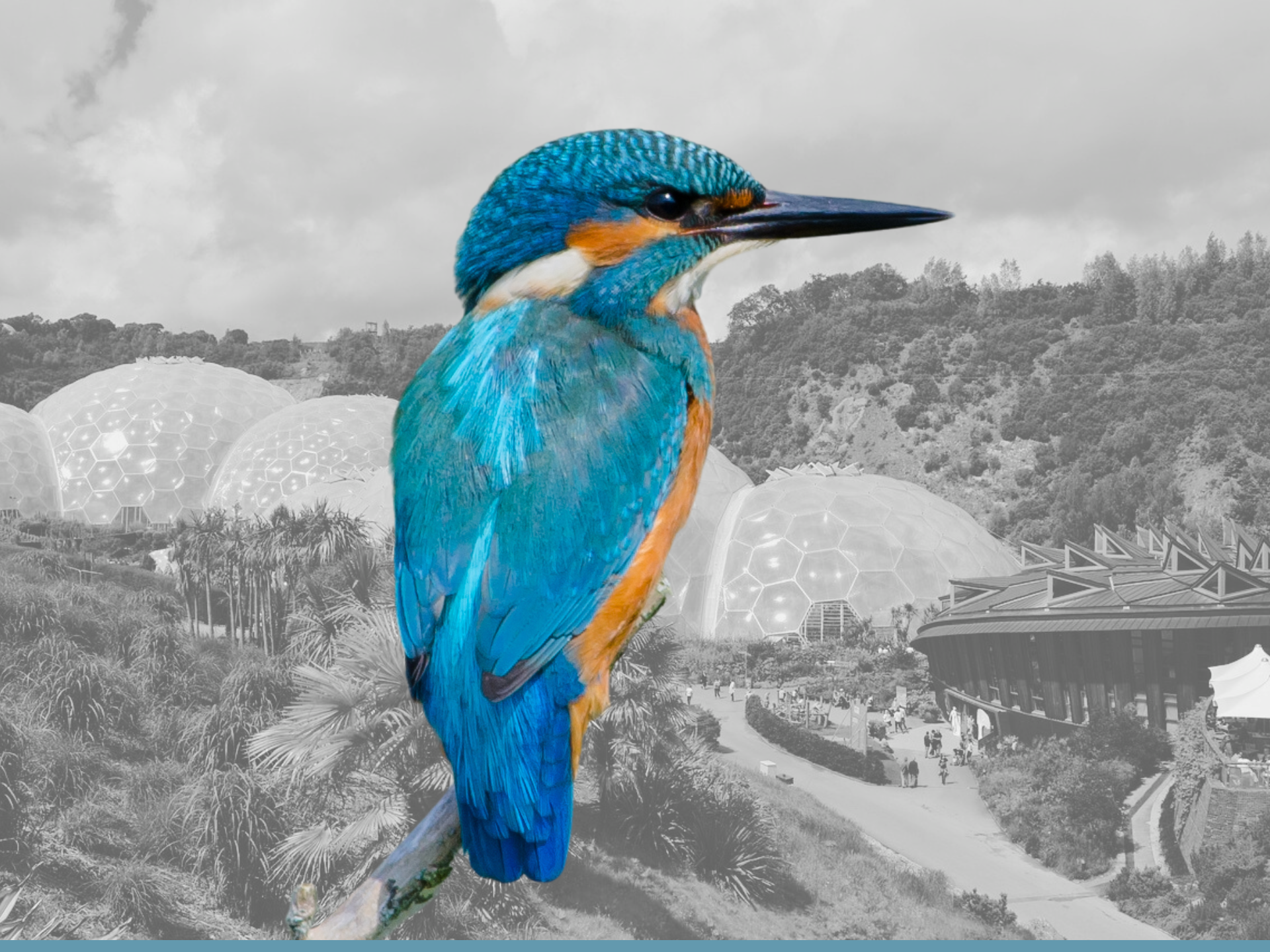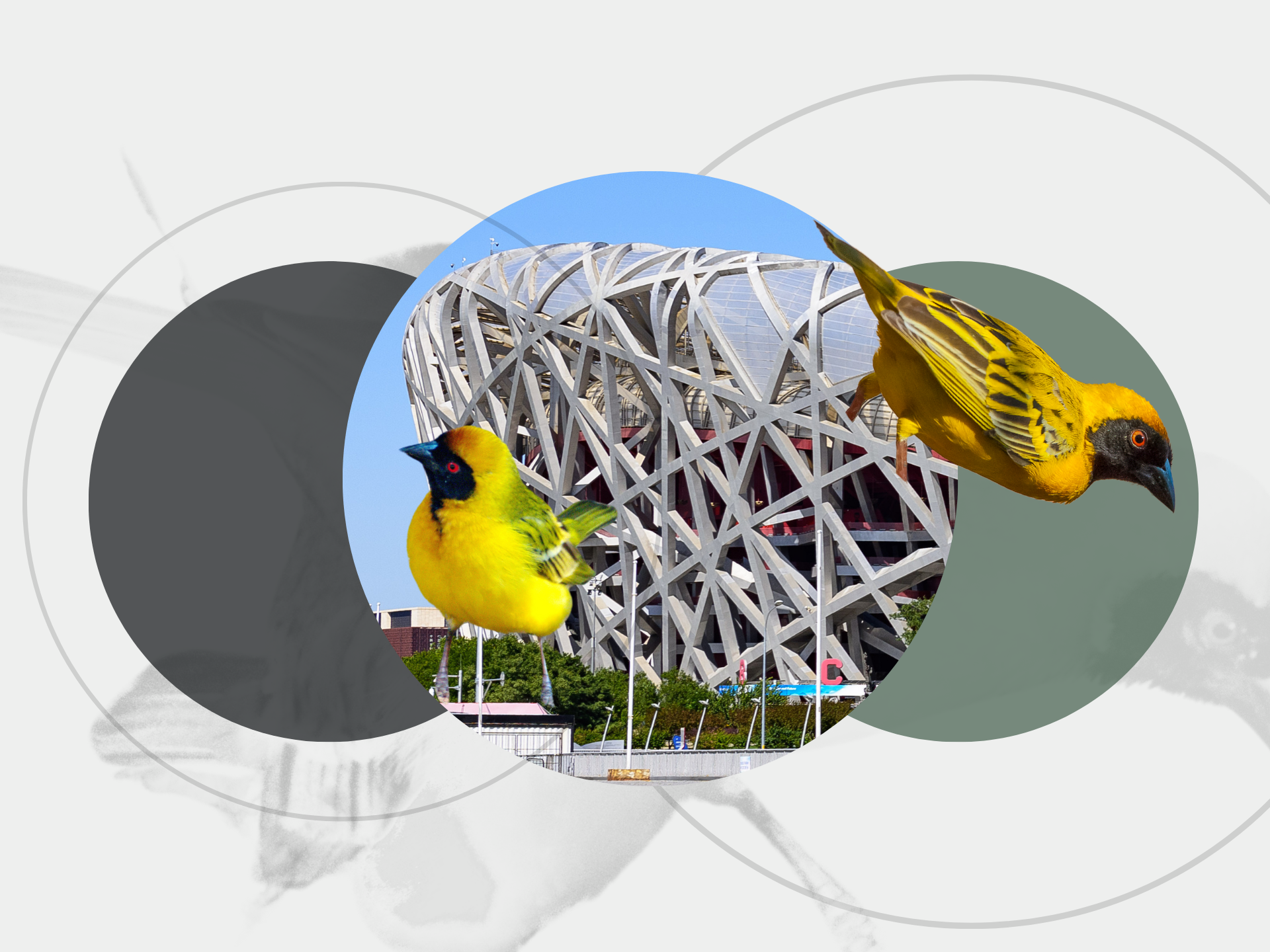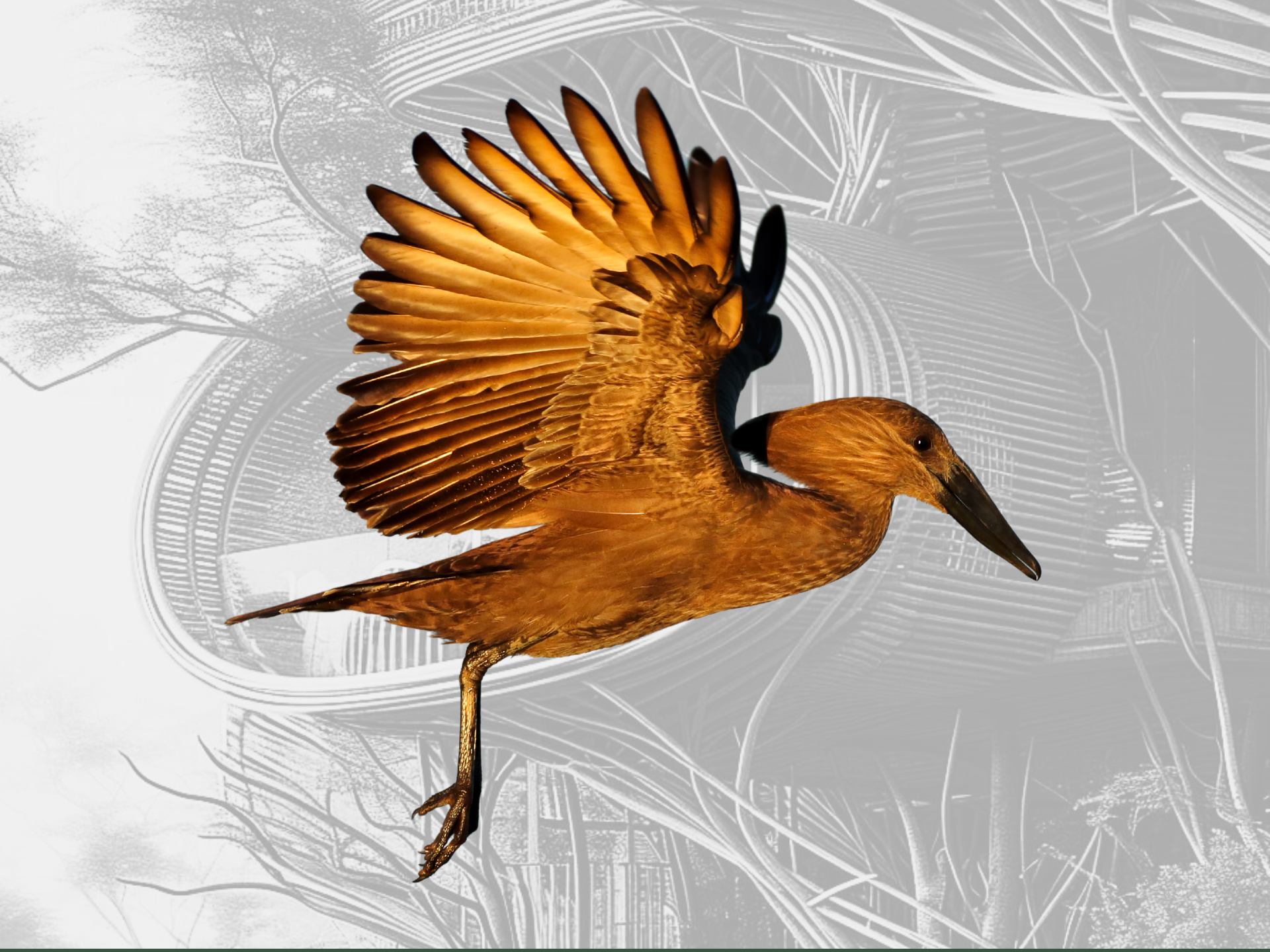
Nature’s Architects - How Bird Nests Inspire Architecture - Part Two
"For centuries, birds have influenced architecture and design. After all, they are nature’s master architects. Crafting intricate nests and structures that blend function, beauty, and sustainability.
The Hokkaido Japan Nest House, designed by Kengo Kuma, is a striking example of nature-inspired design, mimicking the structural elements of bird nests. Using materials like timber and woven bamboo to create a layered, organic form. This bird-inspired dwelling serves as an open, communal space where people can store, prepare, and enjoy local foods. It fosters both connection and celebration of the region’s food culture.
Key Features in the House inspired by Bird Nests:
- Weaving & Layering: The structure integrates woven bamboo and timber, similar to how birds weave materials to construct sturdy nests.
- Durability & Strength: Like a bird’s nest, the interwoven design enhances resilience and flexibility.
- Maximized Light & Airflow: The layout optimizes natural ventilation, just as birds select nesting sites for environmental harmony.
- Communal Living Concept: Echoing how some bird species nest in groups, the space encourages shared experiences.
The Nest House shows just how amazing birds are as an inspiration for architects. Where nature, comfort, and style are blended in a way that’s as cozy and clever as any bird’s nest. Talk about taking notes from the pros!
The Eden Project: A Bird-Inspired Dwelling on a Grand Scale
The Eden Project near St Austell, in Cornwall, England is a world-renowned environmental education centre, draws inspiration from bird nests in its design.
The iconic geodesic domes, made up of interlocking hexagonal and pentagonal panels, reflect how birds build their nests in layered, efficient ways for strength and stability. This design allows for a structure that is lightweight and incredibly durable, much like a bird’s nest. The biomes also mimic how birds arrange their nests to regulate temperature and airflow, creating optimal environments for diverse plant life.

Image by Penstones from Pixabay
Kingfisher Burrows: A Natural Blueprint
In a similar way, Kingfishers nest in burrows along riverbanks, where the tunnels are often long and slightly angled. This design not only provides natural ventilation but also helps keep the nest cool and dry, an impressive adaptation to their environment!

Image by Andy & Helen Holt - Flicker
Since opening in 2001, the Eden Project has become a global symbol of sustainability, showcasing plants from across the world while promoting environmental education. Its success lies not just in its striking architecture, but in its role as a hub for conservation and innovation. By integrating the principles of bird nest building, the Eden Project creates a functional, sustainable space that connects people with nature, while highlighting the clever designs found in the natural world.
The Eden Project was designed by architect Sir Nicholas Grimshaw and engineer Anthony Hunt of Arup.
This is the second journal entry of a series of Avian Journals that explores how birds influence our architectural world.




Leave a comment
This site is protected by hCaptcha and the hCaptcha Privacy Policy and Terms of Service apply.